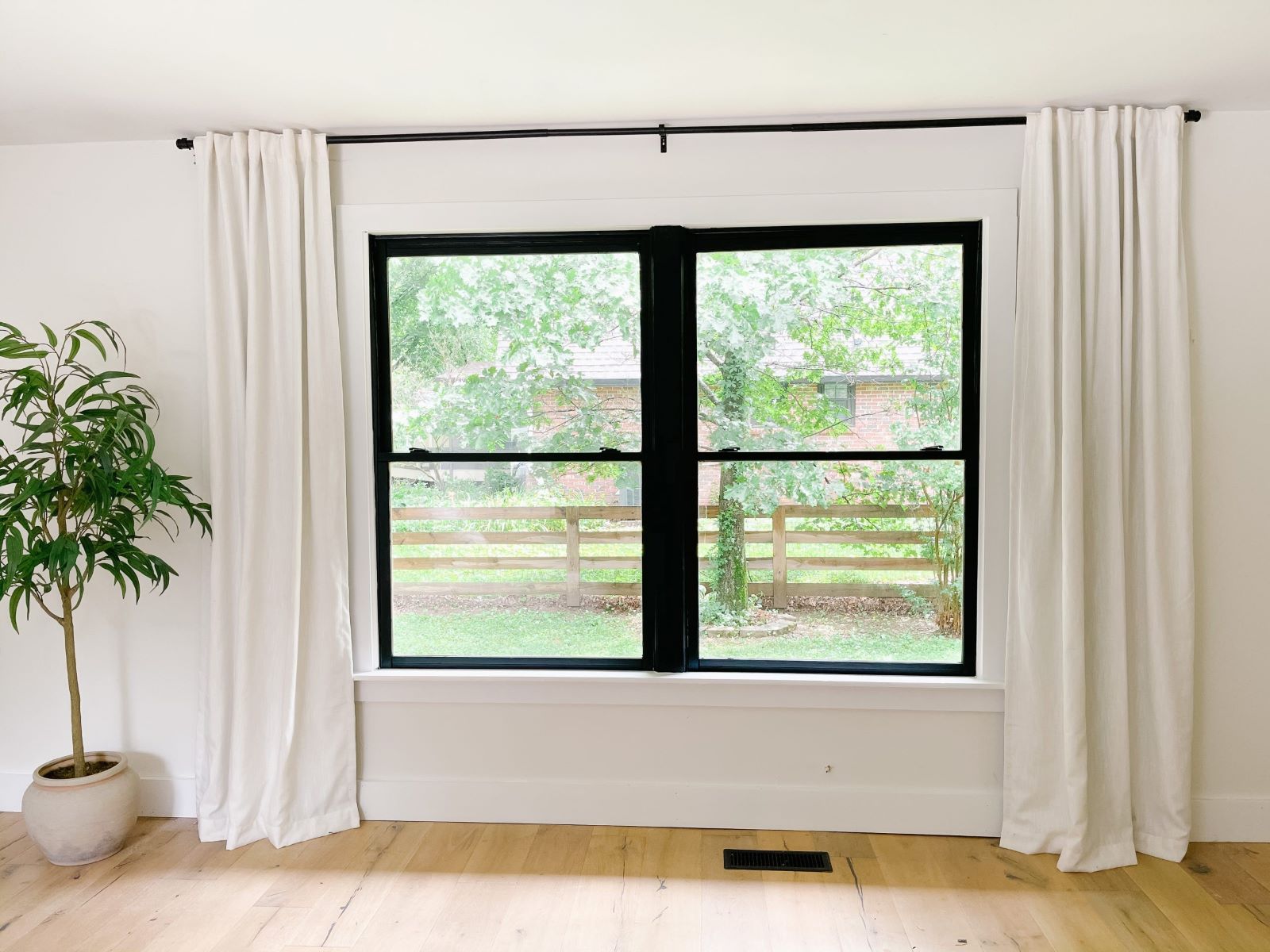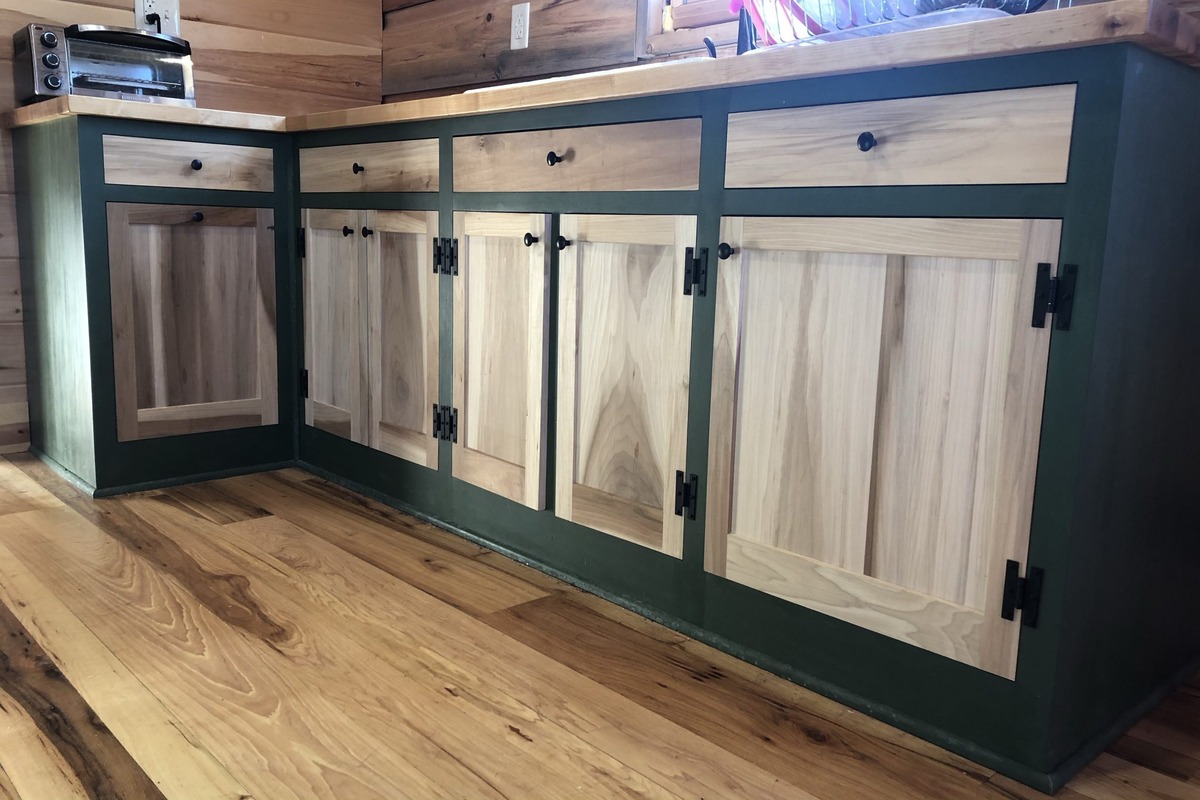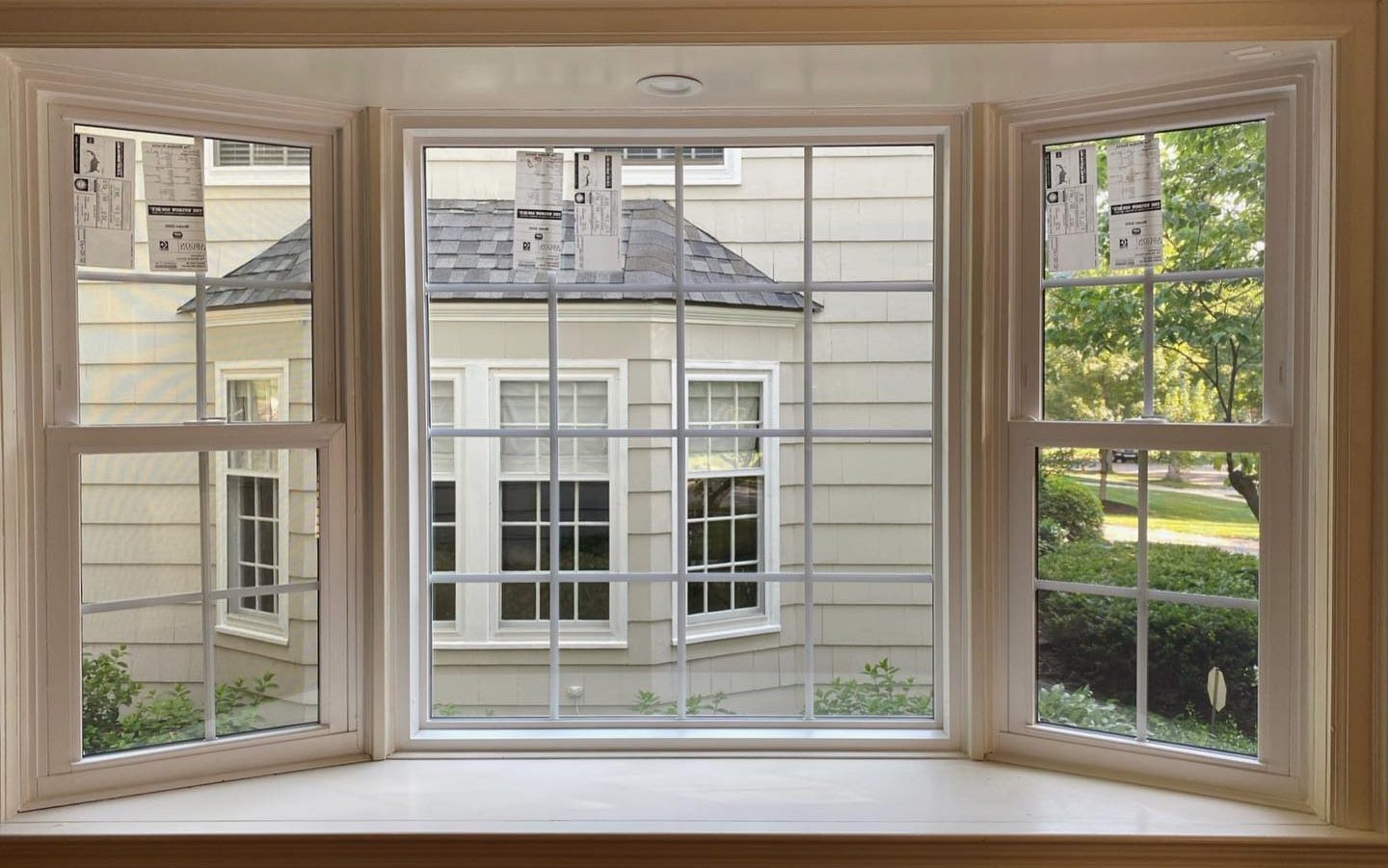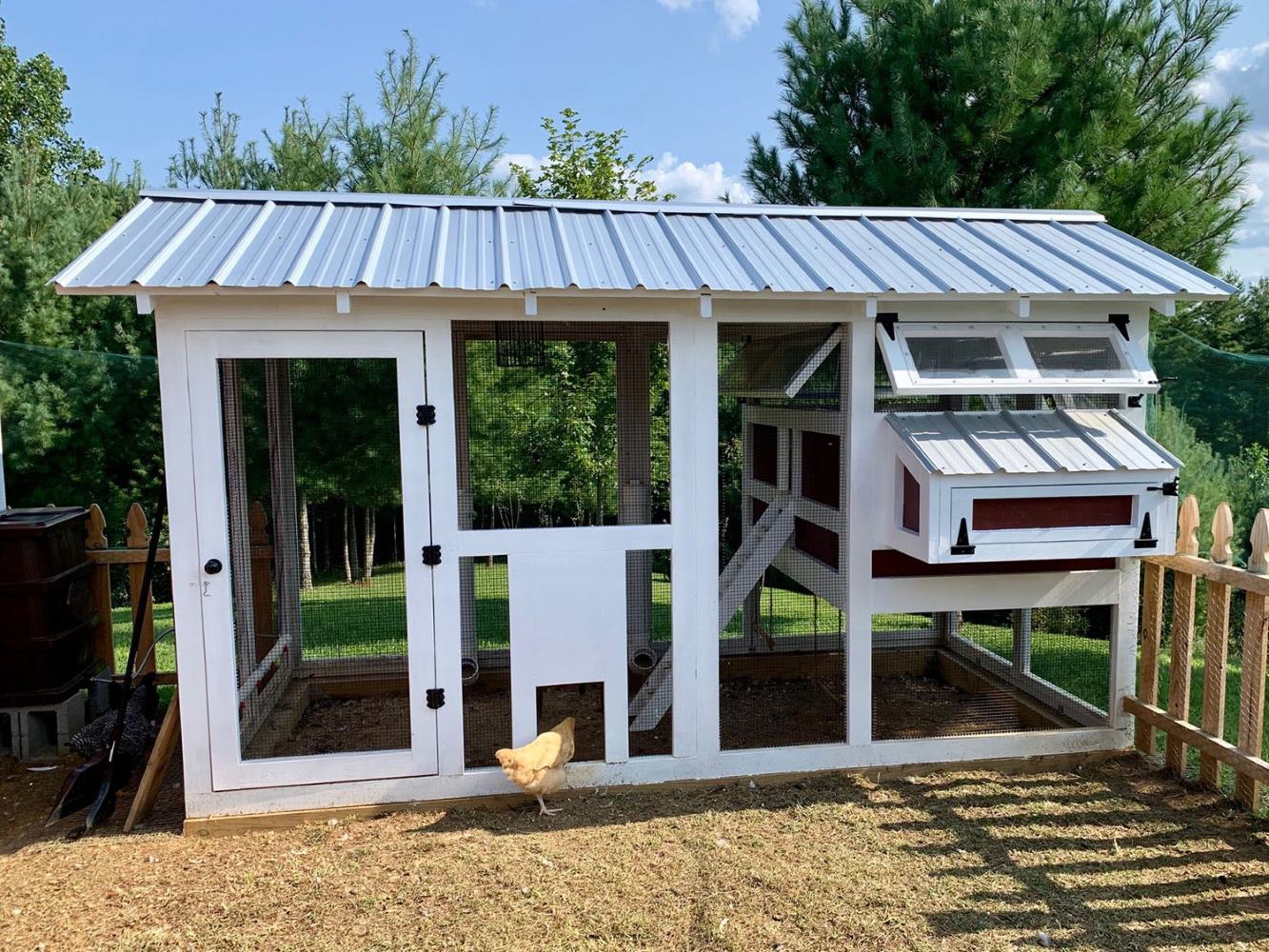Home>Create & Decorate>DIY & Crafts>How To Build A Door Frame


DIY & Crafts
How To Build A Door Frame
Published: February 28, 2024

Senior Editor in Create & Decorate, Kathryn combines traditional craftsmanship with contemporary trends. Her background in textile design and commitment to sustainable crafts inspire both content and community.
Learn how to build a sturdy and stylish door frame with our step-by-step DIY guide. Perfect for your next DIY & Crafts project.
(Many of the links in this article redirect to a specific reviewed product. Your purchase of these products through affiliate links helps to generate commission for Twigandthistle.com, at no extra cost. Learn more)
Introduction
Building a door frame is a fundamental skill for any DIY enthusiast or craftsman. Whether you're renovating your home or constructing a new structure, understanding the process of constructing a sturdy and well-fitted door frame is essential. A well-built door frame not only provides structural integrity but also ensures proper functionality and aesthetic appeal for the entire space.
In this comprehensive guide, we will walk you through the step-by-step process of building a door frame from scratch. From gathering the necessary tools and materials to measuring and cutting the lumber, assembling the door frame, and finally installing it, we've got you covered. By the end of this tutorial, you'll have the knowledge and confidence to tackle this project with ease.
So, roll up your sleeves, grab your tools, and let's dive into the rewarding journey of crafting a custom door frame that perfectly fits your space and style.
Read more: How to Build an Arch Door Frame
Tools and materials needed
Before embarking on the journey of building a door frame, it's crucial to gather the essential tools and materials. Having the right equipment at your disposal will not only streamline the construction process but also ensure precision and quality in the final product. Here's a comprehensive list of the tools and materials you'll need for this project:
Tools:
- Measuring Tape: Accurate measurements are the cornerstone of a well-constructed door frame. A reliable measuring tape will be your best friend throughout this project.
- Circular Saw: This power tool is indispensable for cutting lumber with precision and efficiency.
- Miter Saw: For making angled cuts, a miter saw is essential to achieve seamless joints and corners.
- Chisel and Hammer: These tools will come in handy for fine-tuning the fit of the door frame components.
- Screwdriver or Drill: Depending on your preference, a screwdriver or drill will be needed for securing the frame components together.
- Clamps: These will assist in holding the frame pieces in place during assembly, ensuring stability and alignment.
- Level: A level is crucial for ensuring that the door frame is installed perfectly vertical and horizontal.
- Safety Gear: Don't forget to prioritize safety with goggles, gloves, and ear protection.
Materials:
- Lumber: Select high-quality lumber that suits your design preferences and the dimensions of the door frame. Common choices include pine, oak, or fir.
- Wood Screws: Opt for durable wood screws that are appropriate for the thickness of the lumber you're using.
- Wood Glue: A reliable wood glue will reinforce the joints and enhance the overall strength of the door frame.
- Shims: These thin, wedge-shaped pieces are essential for adjusting the frame's position during installation.
- Door Hardware: Depending on your specific requirements, gather hinges, a doorknob, and any other necessary hardware for the door.
By ensuring that you have all the required tools and materials at your disposal, you'll be well-prepared to embark on the exciting journey of crafting a custom door frame. With these essentials in hand, you're ready to move on to the next phase of the project: measuring and cutting the lumber.
Measuring and cutting the lumber
Accurate measurements and precise cuts are the foundation of a well-constructed door frame. Before diving into the cutting process, it's crucial to take meticulous measurements to ensure that the door frame fits perfectly within the designated space. Here's a detailed walkthrough of the essential steps involved in measuring and cutting the lumber for your door frame.
Read more: How to Build DIY Door Casing
1. Measure the Door Opening
Using a reliable measuring tape, carefully measure the height and width of the door opening. Take measurements at multiple points to account for any irregularities in the opening. Record these measurements accurately, as they will serve as the basis for cutting the lumber.
2. Determine Lumber Dimensions
Based on the measurements of the door opening, calculate the dimensions for the door frame components. Typically, the frame consists of two vertical side jambs and a horizontal head jamb. The width of the lumber should correspond to the thickness of the walls, accounting for any additional space needed for shimming and adjustments.
3. Mark and Cut the Lumber
Using the calculated dimensions, mark the lumber for the side jambs and head jamb. Ensure that the cuts are precise and square to guarantee a snug fit during assembly. A miter saw is invaluable for making accurate angled cuts, especially for corners and joints.
4. Consider Joinery Techniques
Depending on the design and structural requirements, consider incorporating joinery techniques such as mortise and tenon joints or simple butt joints reinforced with wood glue and screws. These techniques contribute to the overall strength and durability of the door frame.
Read more: How To Frame A Wall With A Door
5. Fine-Tune the Fit
After cutting the lumber, carefully test-fit the components within the door opening. Use a chisel and hammer to make minor adjustments if necessary, ensuring that the pieces fit snugly and align perfectly.
6. Pre-Drill Screw Holes
To prevent splitting and ensure precise assembly, pre-drill pilot holes for the wood screws. This step is crucial for securing the frame components without compromising the integrity of the lumber.
By meticulously measuring and cutting the lumber with precision, you'll lay the groundwork for a sturdy and well-fitted door frame. With the components ready, the next phase involves assembling the door frame, bringing you one step closer to completing this rewarding DIY project.
Assembling the door frame
With the lumber cut to the precise dimensions and the necessary joinery techniques in place, it's time to embark on the assembly phase of crafting your custom door frame. This pivotal stage brings together the individual components, transforming them into a cohesive and robust structure that will serve as the gateway to your space. Here's a detailed walkthrough of the essential steps involved in assembling the door frame:
-
Dry Fit the Components: Before applying any adhesive or fasteners, conduct a dry fit of the door frame components within the door opening. This step allows you to ensure that the pieces align perfectly and that any adjustments can be made before final assembly.
-
Apply Wood Glue: Once satisfied with the fit, apply a generous amount of high-quality wood glue to the joints of the frame components. The wood glue not only enhances the structural integrity of the frame but also provides long-term durability.
-
Secure with Wood Screws: With the components aligned and glued, use appropriate wood screws to secure the joints. Ensure that the screws are driven in snugly, reinforcing the connections and creating a solid bond between the lumber pieces.
-
Check for Squareness: Utilize a reliable carpenter's square to verify that the frame is perfectly square. This step is crucial for ensuring that the door will hang and operate smoothly once installed.
-
Use Clamps for Stability: Employ clamps to hold the frame components in place during the assembly process. This prevents any shifting or misalignment while the wood glue sets and the screws are driven in.
-
Reinforce the Corners: For added strength and stability, consider installing corner brackets or braces at the joints of the door frame. These reinforcements contribute to the overall robustness of the structure.
-
Allow for Drying Time: After the assembly is complete, allow sufficient time for the wood glue to cure and the frame to set firmly. This ensures that the door frame achieves maximum strength and stability before installation.
By meticulously following these steps, you'll transform the individual lumber pieces into a unified and resilient door frame. The assembly process sets the stage for the final phase: installing the door frame, where your craftsmanship will culminate in the seamless integration of the frame into its designated space.
Installing the door frame
Installing the door frame is the culmination of your meticulous craftsmanship, as it involves integrating the custom-built frame into its designated space with precision and care. This phase marks the transition from a standalone structure to an essential component of the overall architecture, impacting both functionality and aesthetics. Here's a detailed guide to the essential steps involved in installing the door frame:
Read more: How to Build Aluminum Storm Window Frames
1. Prepare the Opening
Before installing the door frame, ensure that the door opening is clean, level, and free from any obstructions. Remove any debris or protruding nails that may hinder the seamless installation of the frame.
2. Position the Frame
Carefully maneuver the assembled door frame into the opening, ensuring that it fits snugly and aligns perfectly with the surrounding walls. Use shims to make any necessary adjustments, ensuring that the frame is level, plumb, and square within the opening.
3. Secure the Frame
Once the frame is positioned correctly, secure it in place using wood screws driven through the frame and into the surrounding wall studs. Ensure that the screws are driven in snugly, anchoring the frame firmly and providing structural stability.
4. Check for Alignment
Utilize a reliable level to verify that the frame is perfectly vertical and horizontal. This step is crucial for ensuring that the door will operate smoothly and effectively without any binding or misalignment issues.
5. Insulate and Seal
To enhance energy efficiency and weather resistance, consider applying insulation around the perimeter of the door frame. Additionally, seal any gaps between the frame and the surrounding walls using a high-quality caulking compound.
6. Install the Door
With the frame securely in place, proceed to install the door within the frame. Attach the hinges to the door and the frame, ensuring smooth operation and proper alignment. Install the doorknob and any additional hardware as per the manufacturer's instructions.
7. Test and Adjust
After installing the door, test its operation to ensure that it opens and closes smoothly without any obstructions. Make any necessary adjustments to the hinges or hardware to achieve optimal functionality.
By meticulously following these steps, you'll complete the installation of the door frame, transforming it from a standalone structure into an integral part of the space. The successful installation ensures not only structural integrity but also seamless functionality, enhancing the overall appeal and usability of the door and the surrounding area.
Conclusion
Congratulations on successfully completing the journey of building and installing a custom door frame! Throughout this comprehensive guide, you've gained valuable insights into the intricate process of crafting a fundamental element of architectural design. By meticulously measuring and cutting the lumber, assembling the components with precision, and seamlessly installing the frame, you've demonstrated a remarkable blend of craftsmanship and dedication.
As you stand back and admire the newly installed door frame, take pride in the tangible results of your hard work and attention to detail. The door frame not only serves as a functional gateway but also stands as a testament to your ability to transform raw materials into a refined and purposeful structure.
Beyond the tangible outcome, this project has equipped you with invaluable skills and knowledge that extend far beyond the realm of door frame construction. The patience and precision required to measure and cut the lumber, the artistry involved in assembling the components, and the meticulous attention to detail during installation are all transferable skills that can be applied to a myriad of future DIY endeavors.
Moreover, the satisfaction derived from completing this project serves as a powerful motivator for future undertakings. Whether it's tackling more advanced woodworking projects, venturing into home renovation endeavors, or exploring other creative pursuits, the confidence and expertise gained from building a door frame will undoubtedly propel you toward new and exciting challenges.
As you reflect on this journey, remember that the skills and knowledge acquired are not just confined to the realm of DIY and crafts. They embody the spirit of creativity, problem-solving, and perseverance, qualities that are invaluable in all aspects of life.
So, as you bask in the satisfaction of a job well done, let this experience serve as a springboard for future explorations and accomplishments. Embrace the lessons learned, cherish the memories created, and carry the newfound confidence and skills with you as you embark on the next chapter of your DIY and crafting adventures.
With the door frame standing as a tangible testament to your capabilities, the possibilities for future creations and achievements are boundless. So, go forth with enthusiasm, creativity, and a steadfast commitment to craftsmanship, knowing that each project is an opportunity to unleash your potential and leave a lasting mark on the world around you.












